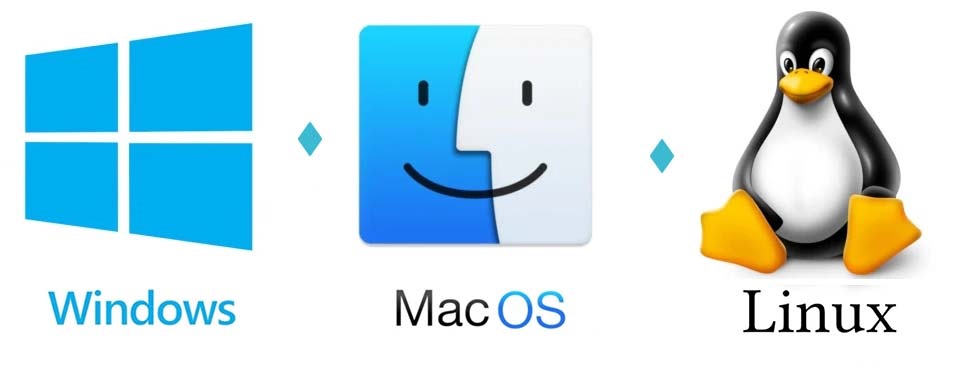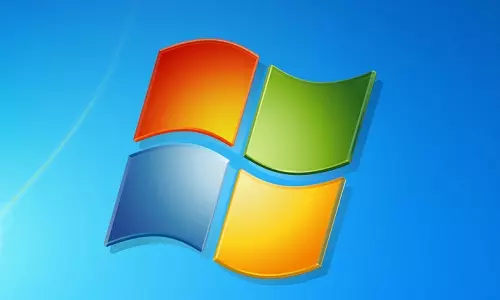Definition of operating system and types of Operating Systems
Read on the the common types operating systems, including Microsoft Windows, MacOS, and Linux. Read on dual booting and how to install an operating system.

What is an Operating System in Computers?
An Operating System (OS) is responsible for managing a computer's hardware and processes.
Further, an OS helps us communicate with our computer's hardware and software without being conversant with the complex computer's language. To emphasize the importance of your operating system, it allows you to run multiple programs concurrently. The OS coordinates all the software and hardware to make sure all processes get the resources they need when they need them. These resources include the computer's storage, CPU, and RAM.
Types of Operating Systems (OS)
The most common Operating Systems for personal computers are Microsoft Windows, Linux, and MacOS. Each Operating System has unique features that make it suitable for different operations.
Modern operating systems use a Graphical User Interface (GUI) that allows us to click on icons, buttons, and menus displayed on the computer's screen as a way of interacting with the computer. Earlier versions of the operating systems used Command Line Interface (CLI), which allowed users to interact with computers via a text-based environment.
Despite the obvious look and feel differences between the various operating systems, they are all designed with ease of use in mind, and most basic principles and operations are the same.
Installing an Operating System
You can get a version of an operating system pre-installed in a computer at the time of purchase. However, you have the option of upgrading your operating system from an earlier version to a later one. In some situations, particularly due to incompatibility, you can degrade your operating system from a more recent to an earlier version.
When changing the version installed in a computer, or if a computer does not have a pre-installed version, you can manually install an operating system that meets the requirements of your computer's hardware specifications.
Given the three common operating systems, Microsoft Windows, Linux, and MacOS, there are limitations attributed to supporting hardware. Microsoft Windows (MS Windows) operating system can be installed directly on computers from different manufacturers excluding Apple Inc. Computers built by Apple Inc. support the MacOS operating system. On the other hand, the Linux operating system is supported by computers running either MS Windows or MacOS.
Price of an Operating System
The software can have a price tag (pay to use), be free, or be free and open source.
When an operating system comes pre-installed, it can be termed technically free. However, to manually install an operating system, you would have to check if it's free, open-source, or should a license should be purchased.
The Linux operating system is distributed under the General Public License hence it is free and Open Source. On the other hand, both MS Windows and MacOS are NOT free.
What is Dual Boot?
It is possible to have more than one operating system in one physical computer, commonly known as dual-booting. The question of how many unique installations of different operating systems can exist in one physical machine has no absolute answer as it is dependent on the operating systems and the partition type; however, a maximum of 4 is fairly emphasized.
Which Operating System Should I Use?
This is a common question; however, there is no absolute answer. The most suitable operating system for you is dependent on your expectations of the features, performance, functionalities, and compatibility with other programs. To determine which operating system to install, evaluate what you need for each operating system, and select the OS alternative that matches your expectations.







